Description
This pretty beach scene is a charming portrayal of a day by the sea, reflecting the serene and joyful atmosphere that characterized much of Akkeringa’s work. This painting captures a tranquil moment on a beach, where children are engaged in simple, playful activities by the water’s edge.
Akkeringa, associated with the Hague School, is known for his delicate treatment of light and atmosphere, which is evident in this work. The scene is bathed in soft, natural light, with the gentle hues of the sky and sea blending harmoniously. The clouds are wispy, hinting at a light breeze that adds to the relaxed mood of the scene.
In the foreground, a group of children are intently occupied with the sea, perhaps collecting shells. They are immersed in their activity, undisturbed by the world around them. A woman in traditional Dutch attire, likely the children’s mother, stand nearby, observing the scene with quiet contentment.
The overall composition, with its gentle palette and balanced arrangement of figures, creates a peaceful and nostalgic image, capturing the essence of simple pleasures and the timeless joy of a day at the beach. Akkeringa’s work is a celebration of everyday life, infused with a sense of warmth and affection for his subjects.
Johannes Evert Hendrik Akkeringa (1861–1942) was a prominent Dutch painter, renowned for his contributions to the Hague School, a movement known for its realistic depictions of landscapes and daily life, often characterized by subdued colors and attention to atmosphere.
Born in Blinjoe, Sumatra, in the Dutch East Indies (now Indonesia), Akkeringa moved to the Netherlands at a young age, where he would go on to become associated with the Hague School. In the spring of 1878, Akkeringa enrolled at the Royal Academy of Arts in The Hague at the age of seventeen. At the Academy he befriended his fellow student Willem de Zwart (1862-1931) and over the years he studied with several other artists, including Floris Verster (1861-1927) and Marius Bauer (1867-1932). It is very likely that Akkeringa met Isaac Israëls (1865-1934) in the same period, with whom he became close friends.
He painted charming and serene depictions of domestic life and outdoor scenes, particularly those featuring women and children. Nature was his main source of inspiration. Favorite subjects were beaches with children playing, the dunes, tea gardens but also flower still lifes.
D I D Y O U K N O W ?
That Akkeringa is called “The painter of the carefree life” due to his ability to capture the serene and idyllic aspects of everyday life. It invites the viewer to appreciate the quiet beauty of ordinary moments.



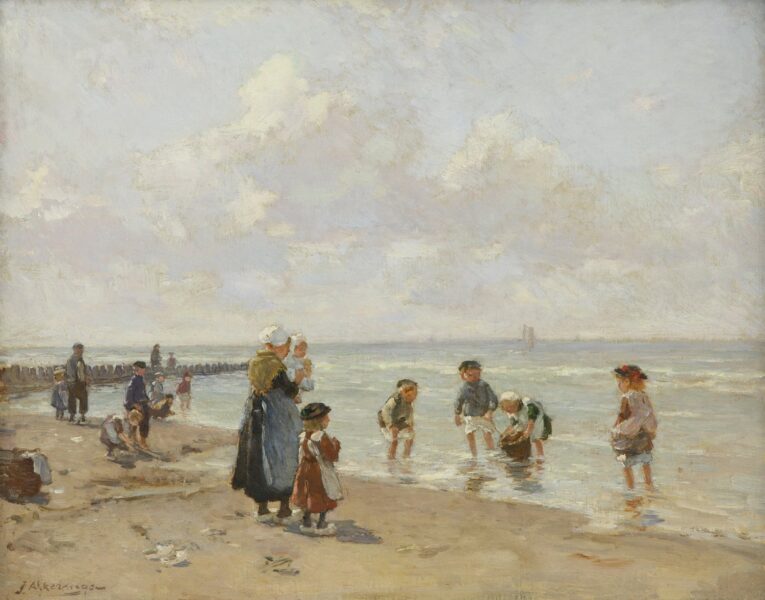
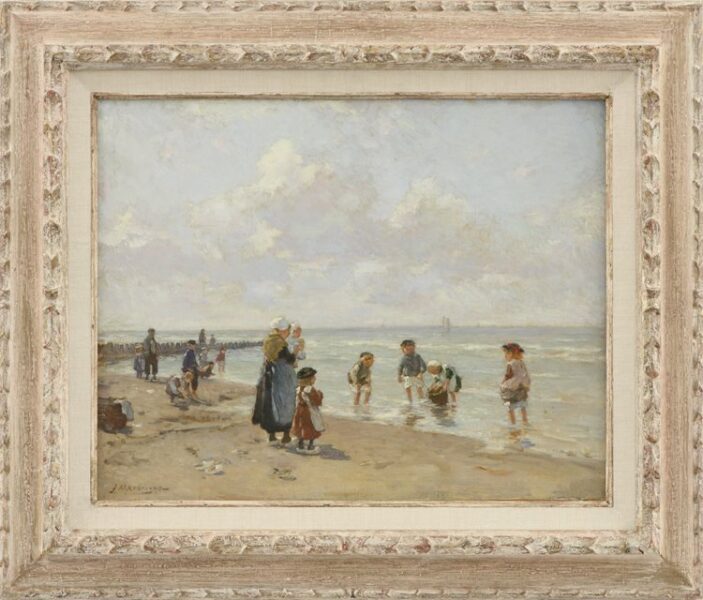
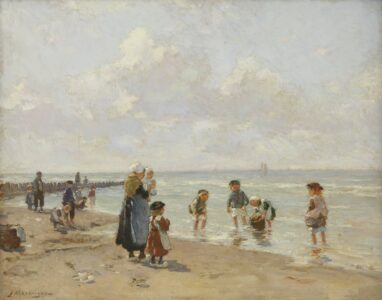
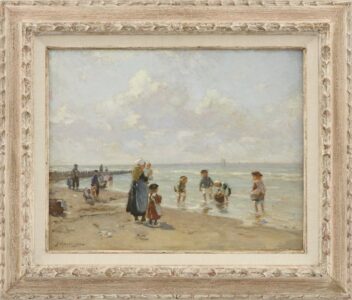
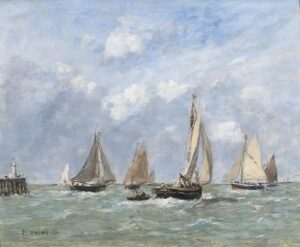



Reviews
There are no reviews yet.